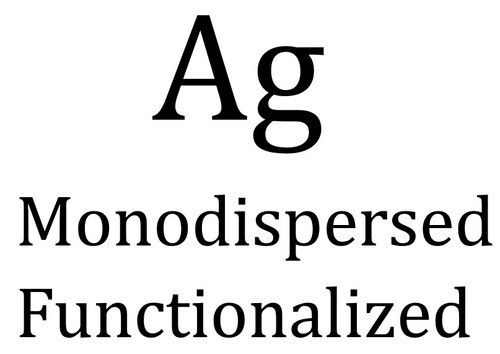The Role of Particle Size and Shape in Silver Nanoparticle Performance
Silver has long been valued for its shine, but in the world of nanotechnology, it’s prized for something more — its power at the smallest scale. When silver is broken down into nanoparticles—tiny particles a thousand times smaller than the width of a human hair—it takes on new and extraordinary properties. These silver nanoparticles are used in medical devices, antibacterial coatings, electronics, and even in textiles. But what truly determines how well they perform? Two small but mighty factors: particle size and shape.
Why Size Matters
At the nanoscale, size isn’t just a number—it changes everything. When silver is reduced to nanoparticle form, its surface area increases dramatically compared to its mass. A smaller particle means more surface atoms are exposed and ready to interact with their surroundings.
For example, smaller silver nanoparticle release silver ions more efficiently. These ions are what give silver its famous antibacterial strength. In simple terms, smaller particles have more “active spots,” making them better at fighting bacteria and reacting with other materials.
However, smaller isn’t always better. If the particles are too tiny, they can clump together, losing their surface advantage. Scientists work to find the “sweet spot” where the nanoparticles stay stable but still perform at their peak. For medical or environmental applications, that balance can mean the difference between success and failure.
How Shape Changes Behavior
Now imagine these nanoparticles not just as spheres, but as cubes, rods, triangles, or even stars. Each shape interacts with light, heat, and matter differently. For instance, spherical silver nanoparticles tend to scatter light evenly, which makes them useful in imaging and diagnostics. Triangular or rod-shaped particles, on the other hand, can absorb light more strongly at specific wavelengths, which helps in sensors and solar devices. The sharper the corners or edges, the more “hot spots” form—tiny regions where light or electric charge concentrates.
Conclusion
Silver nanoparticles may be tiny, but their impact depends on the fine details. Their shape decides how they interact with light, heat, and matter. Together, they determine the performance in almost every field—from healthcare to clean energy.
Understanding and controlling these traits is what allows scientists to unlock silver’s full potential at the nanoscale. In short, the future of silver nanoparticle technology is shaped not just by what they’re made of, but by how they’re made.
